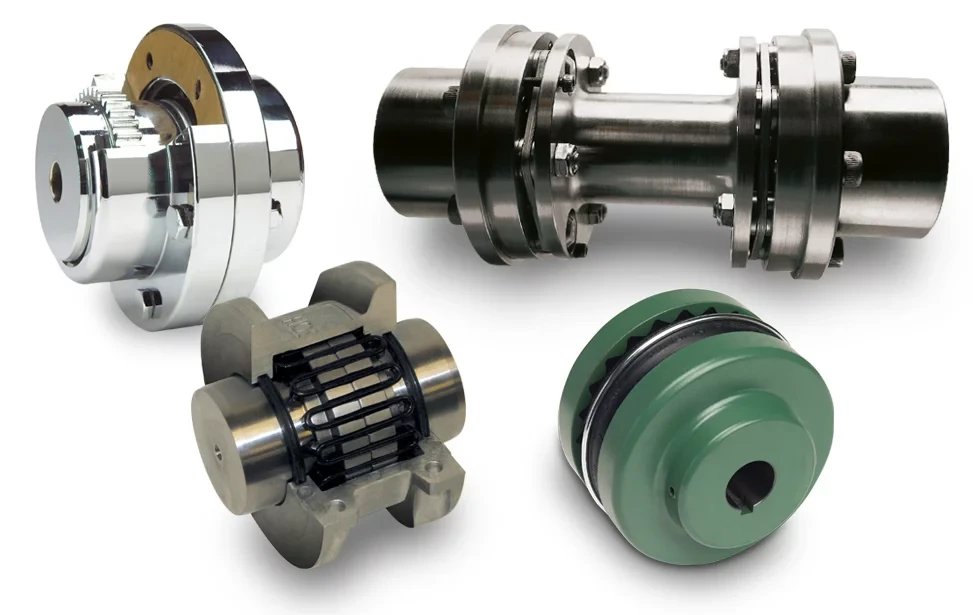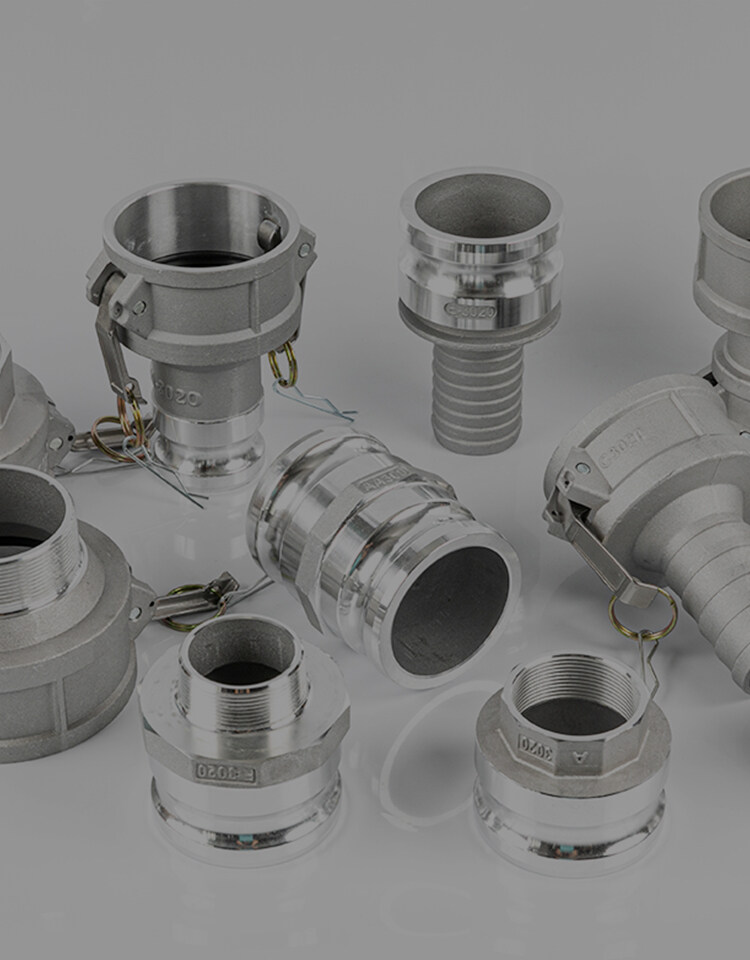E-Mail-Formatfehler
emailCannotEmpty
emailDoesExist
pwdLetterLimtTip
inconsistentPwd
pwdLetterLimtTip
inconsistentPwd

Nachricht
Hier können Sie einen Text beschreiben, den Sie ausdrücken möchten

The Synergy of Electrical Mechanical Coupling and Mechanical Joint Couplings in Engineering
In the intricate dance of engineering, the synchronization between moving parts is often orchestrated by couplings. These components are the unsung heroes that connect rotating elements, allowing for the transfer of motion and power. Among the various types of couplings, electrical mechanical coupling and mechanical joint coupling play pivotal roles in ensuring the harmony of complex systems. In this blog post, we will delve into the world of couplings, focusing on the nuances of electrical mechanical coupling and mechanical joint couplings, and how they contribute to the seamless operation of machinery.
Electrical Mechanical Coupling: Bridging the Gap Between Electricity and Motion
Electrical mechanical coupling refers to the connection between electrical and mechanical systems, where the motion of mechanical components is controlled by electrical signals. This type of coupling is at the heart of many modern technologies, such as electric motors and generators, where the conversion between electrical energy and mechanical energy is essential. The precision of electrical mechanical coupling is crucial for the efficiency and performance of these devices, as it directly affects the responsiveness and control of the mechanical movement.
Mechanical Joint Coupling: The Backbone of Mechanical Integrity
Mechanical joint coupling, on the other hand, is a physical connector that joins two shafts or pipes to transmit power and allow for motion. These couplings can accommodate misalignment, absorb shocks, and transmit torque efficiently. The design of a mechanical joint coupling varies based on its application, ranging from simple sleeve couplings to more complex gear or disc couplings. The choice of a mechanical joint coupling is determined by factors such as torque requirements, the need for flexibility, and the environmental conditions in which it will operate.
Mechanical Coupling Joint: Ensuring Flexibility and Strength
The term mechanical coupling joint is often used interchangeably with mechanical joint coupling, emphasizing the role of these components in providing a flexible yet strong connection between two mechanical elements. Whether in a drive train, conveyor system, or pump assembly, a mechanical coupling joint must be robust enough to handle the stresses of operation while providing enough flexibility to compensate for alignment variances and thermal expansion.
The Importance of Proper Selection and Maintenance
The selection of the appropriate electrical mechanical coupling or mechanical joint coupling is a critical decision in the design and maintenance of any mechanical system. Engineers must consider the operational parameters, such as speed, torque, and the presence of any cyclic loads, to ensure the coupling can withstand the demands placed upon it. Additionally, regular maintenance of these couplings is essential to prevent failure and extend the life of the machinery.
Conclusion
Both electrical mechanical coupling and mechanical joint couplings are integral to the functionality of countless mechanical systems. Their ability to connect and transmit power seamlessly is what allows machines to operate smoothly and efficiently. Understanding the specific requirements of each application and choosing the right coupling is key to achieving optimal performance and reliability. As technology advances, the evolution of these couplings will continue to play a vital role in the development of innovative mechanical and electrical solutions.

